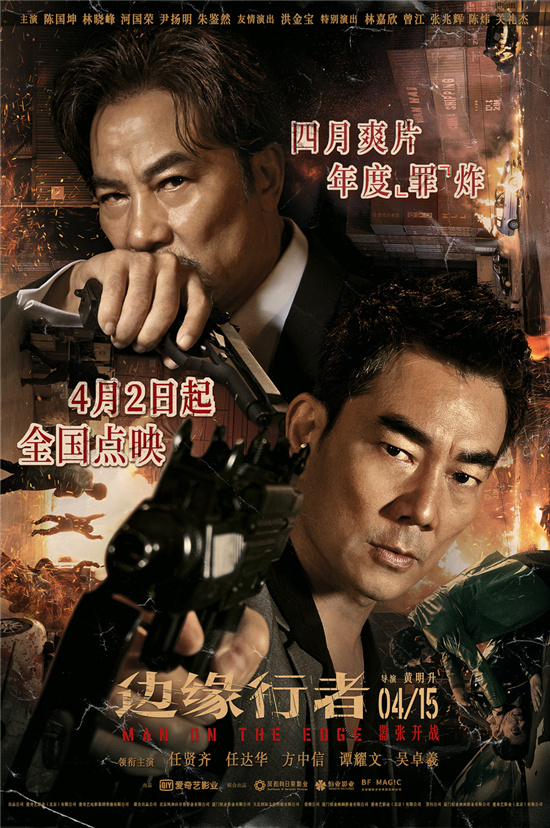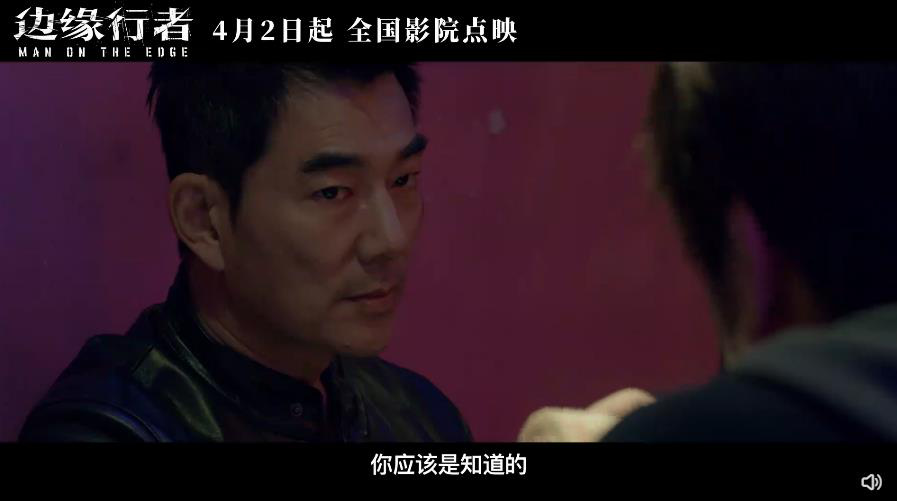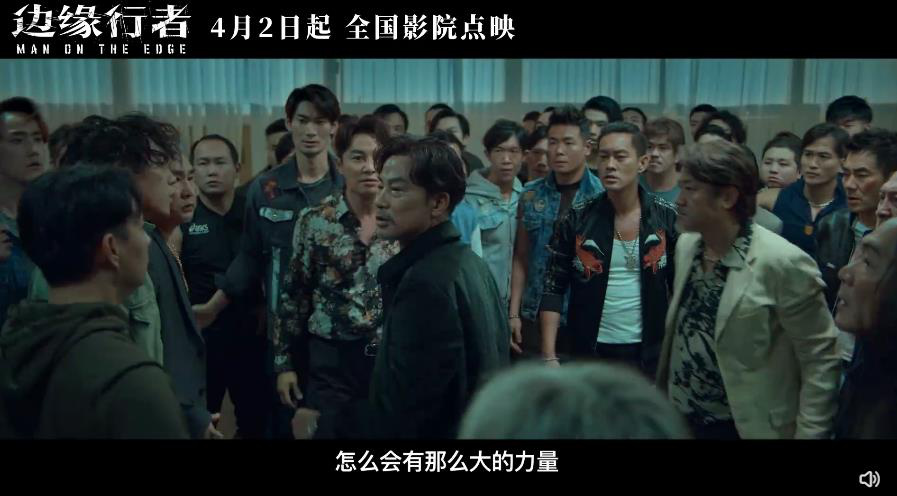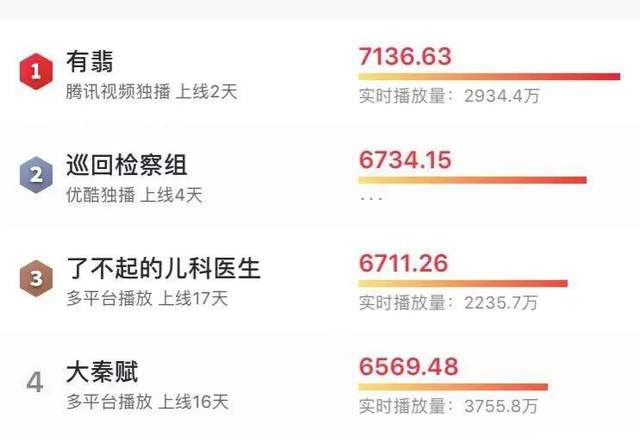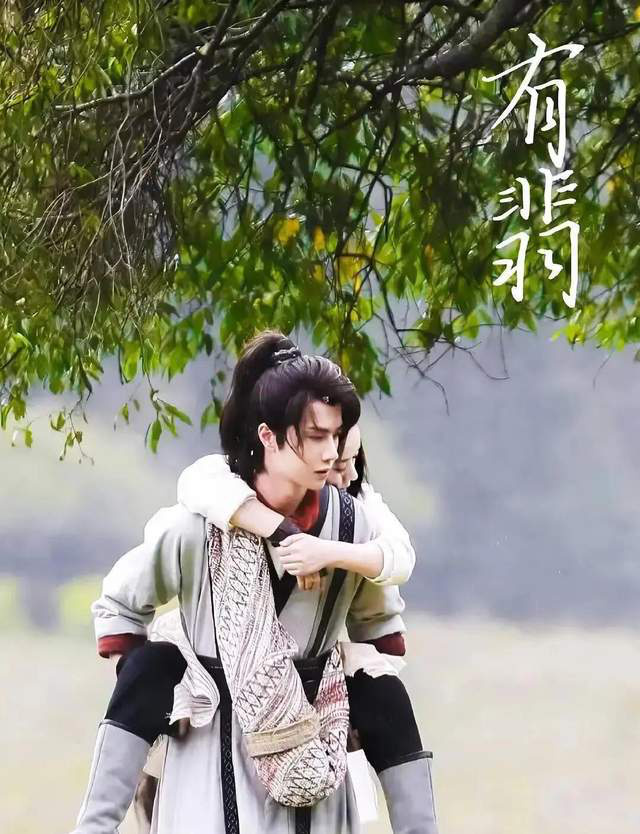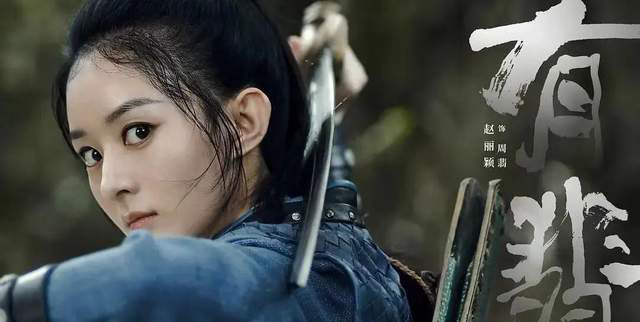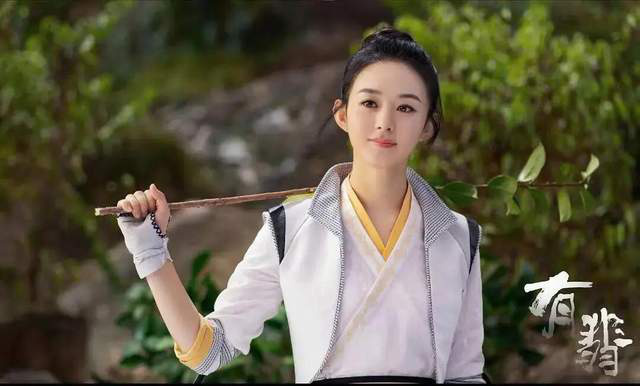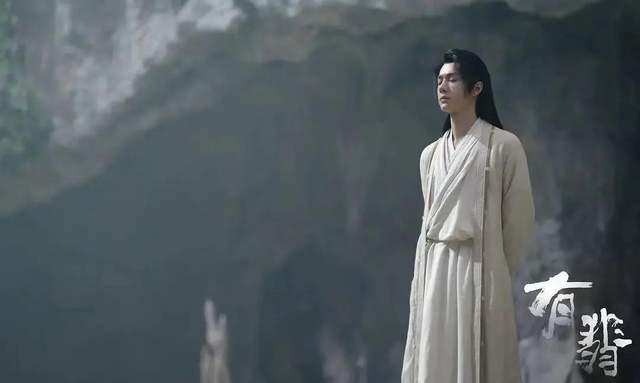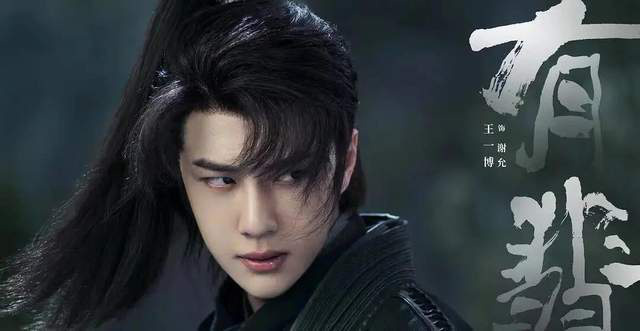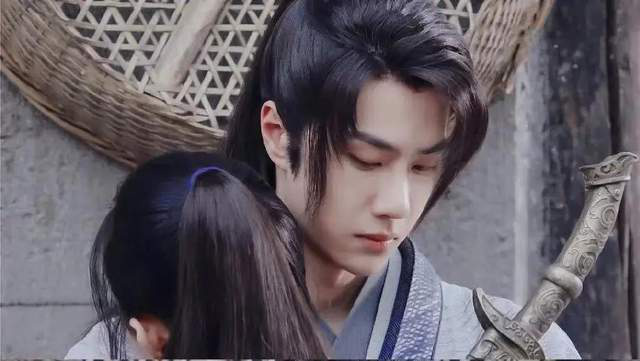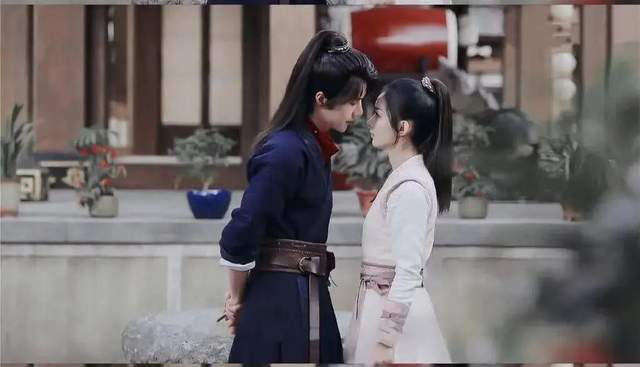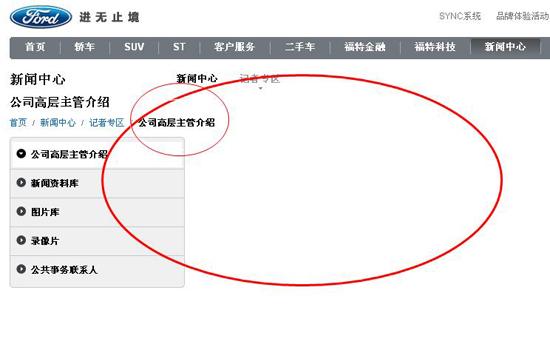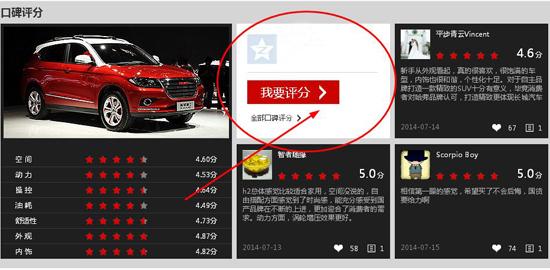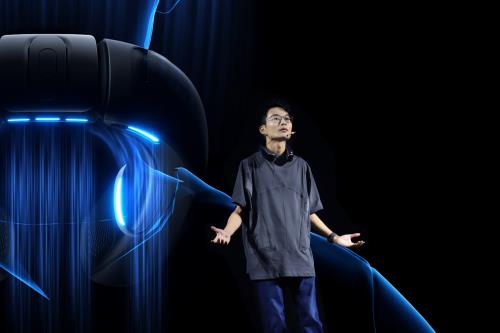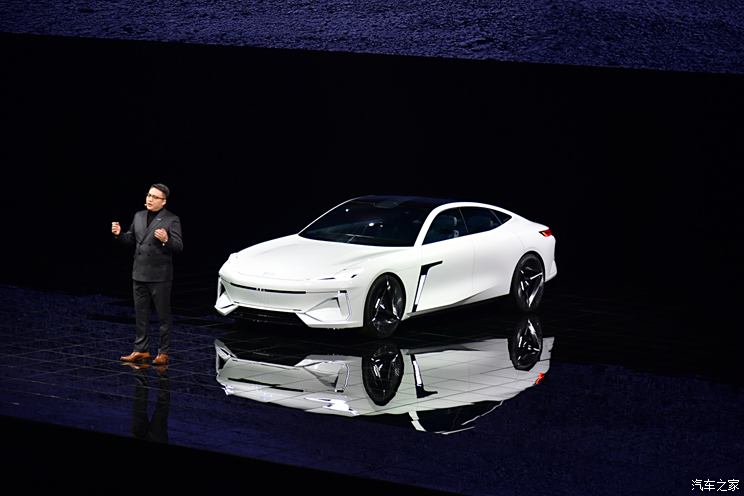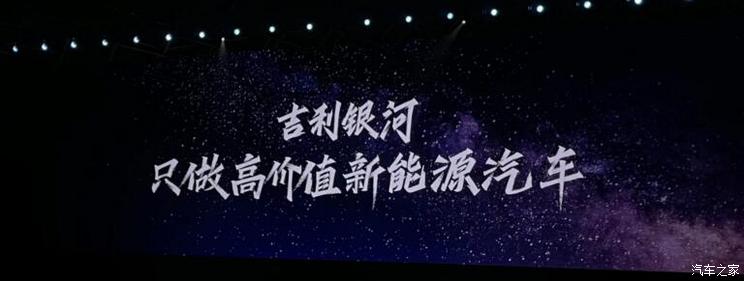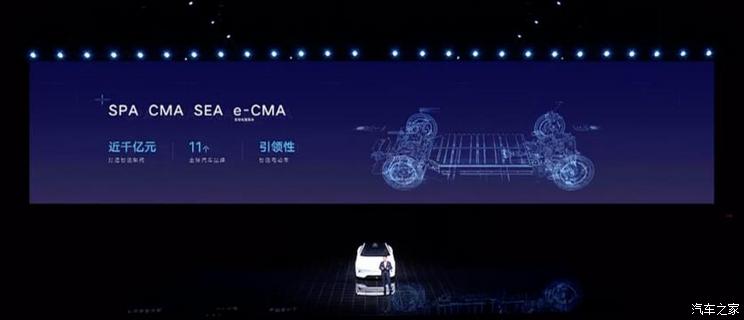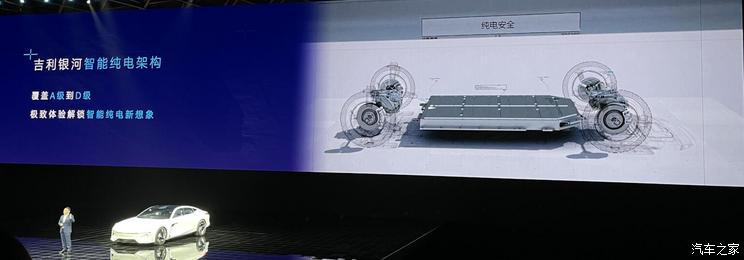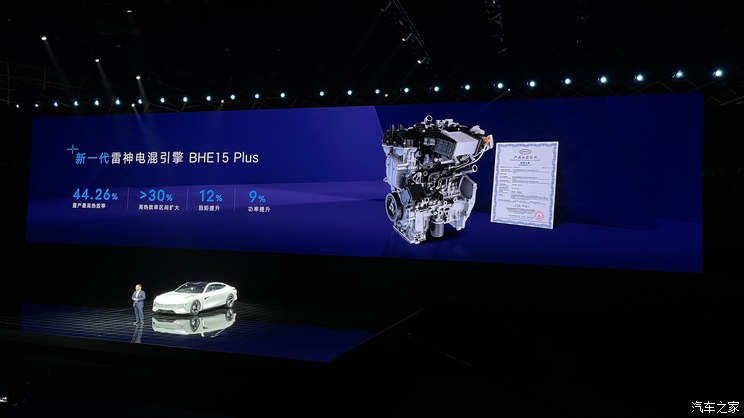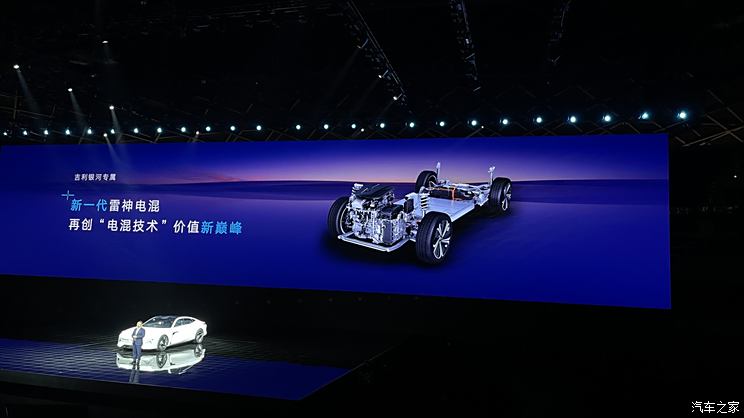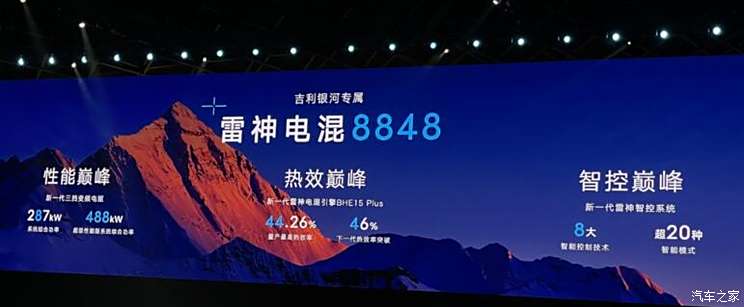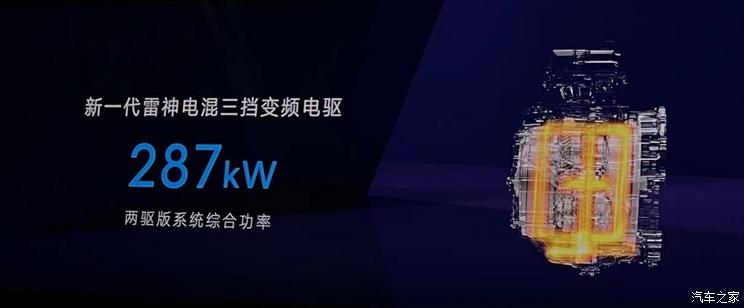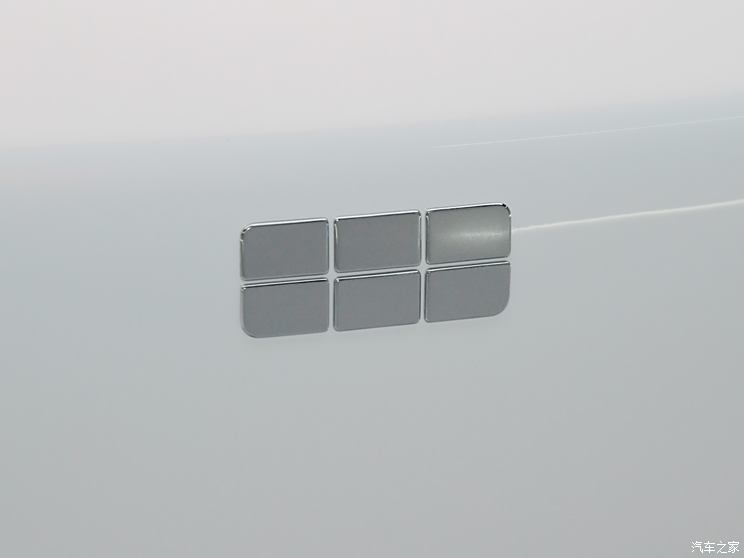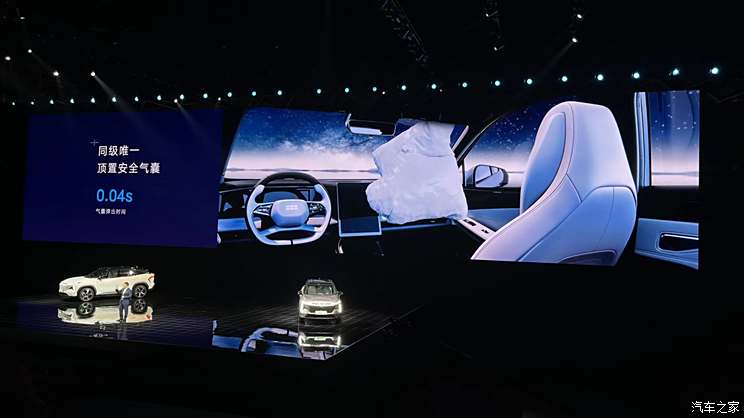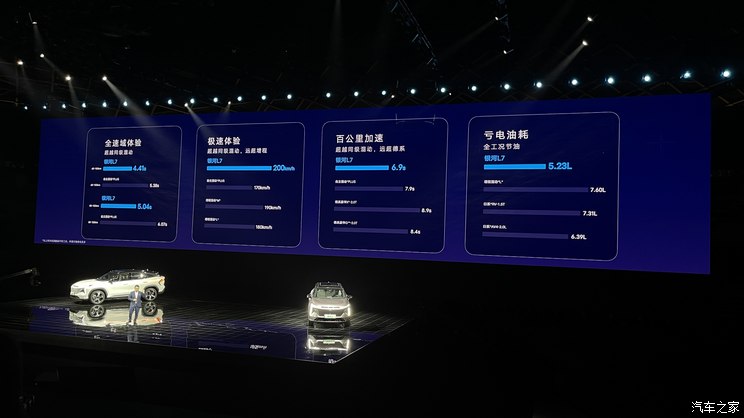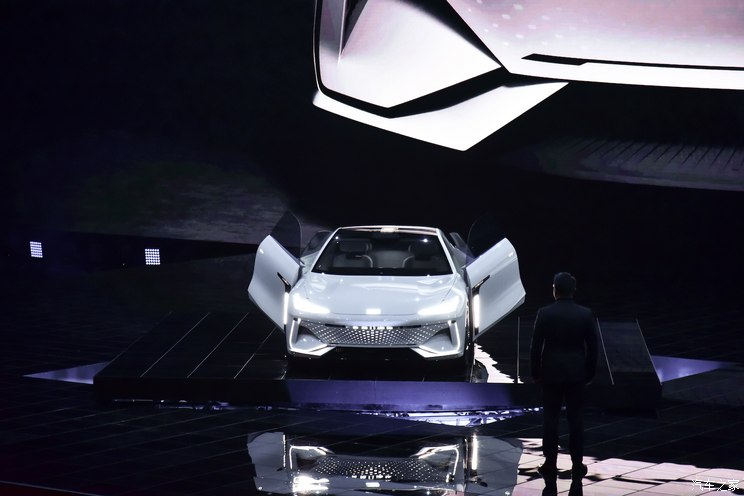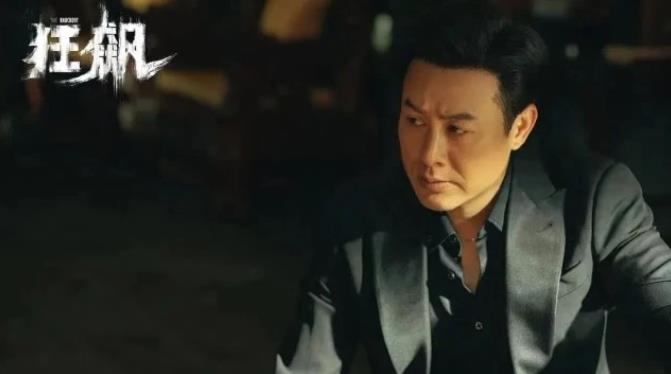
In the beginning of 2023, audiences who were almost marinated by bad dramas were gagged by the drama versions of "The Three-Body Problem" and "Hurricane".
In particular, the word-of-mouth of "Hurricane" has drawn a stunning arc of "High Drive" on the Internet. A small detail or a line can set off a public opinion war. Its Douban score has now soared to a high score of 8.9.
Detailed reasons: on the one hand, "hurricane" jumped out of the audience in the anti-crime police drama stereotype.
Previously, many anti-black dramas jumped from individual to phenomenon dissection, which was nothing more than the development trajectory of the protagonist of good and evil, and then made it have a predictable development trajectory: justice will win; however, Facebook will seriously affect the quality of an anti-black drama, which is tantamount to eliminating the complex and fickle human nature, eliminating the possibility that the social dye vat will inevitably change the previous life-based color, making the characters thin like paper figures, and this kind of facebook truth, goodness and beauty is like "sleep". It is difficult to resonate.
In contrast, "Hurricane", its portrayal of the police and the underworld is no longer limited to the main theme of the face-to-face character, and even dares to ridicule the market economy and ambiguous unspoken rules. Its core is far richer and deeper than other anti-underworld dramas.
On the other hand, "Hurricane" is full of acting skills, good and evil are intertwined in the light and dark, and rise and fall in the confrontation.
Not only are the actors in the "Double Zhang Group" (Zhang Yi, Zhang Songwen) acting with every frown and smile, but the characters are accurately shaped, and even each supporting role has a complementary growth line, and they all contribute remarkable performances – Li Xiang (Li Jian), Tang Xiaolong (Lin Jiachuan), Tang Xiaohu (Sun Yan), Lao Mo (Feng Bing), Chen Shuting (Gao Ye), Tai Shu (Ni Dahong), Gao Qisheng (Su Xiaoding), Li Hongwei (A Runa), they all play "live" in the play.
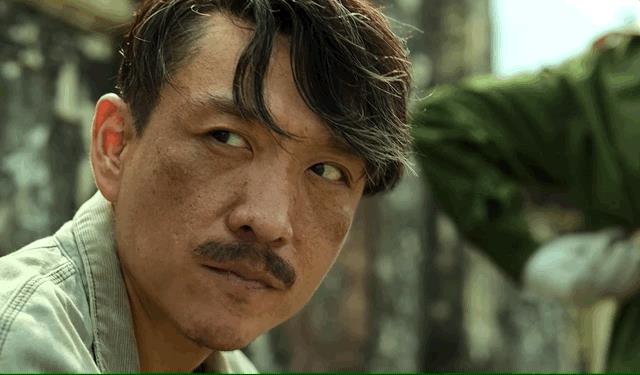
The killer Lao Mo in "Hurricane" (Feng Bing)
Of course, what is more commendable is that this is a good work that dares to expose the real problems of society. For example, the question raised in the play: "Why did such a big change happen to a citizen like Gao Qiqiang (played by Zhang Songwen) who used to work hard in his own industry?"
"Hurricane" uses actor Wu Gang to point out the root cause of the disease: "There are indeed some unfair distributions in our society, which has led the grassroots to feel that it is impossible to get rich without illegal means. So some people who took risks appeared, and he chose another direction."
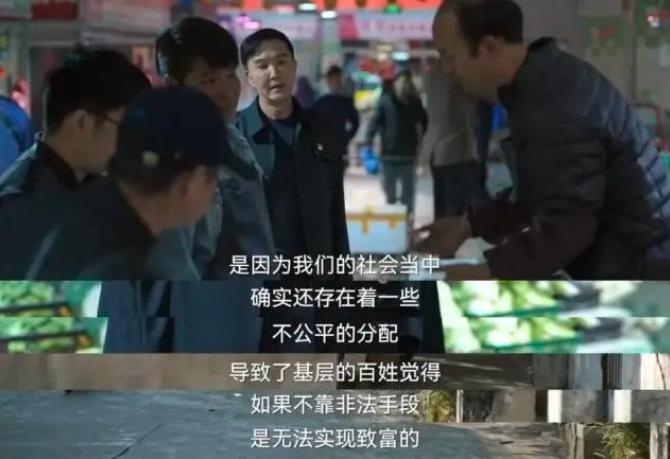
In the words of "Hurricane" director Xu Jizhou: "Hurricane" continues the tradition of socialist criminal investigation dramas more than 20 years ago, and has a strong social attribute. "
Gao Qiqiang is so bad, why can’t people hate him?
Xu Jizhou, the director of "Hurricane", explained in an interview that he had long hoped to use the form of classical three-act dramas to shoot TV dramas, like the dramas "Teahouse" and "The First Floor in the World", to outline the group portraits of the times.
"The way the three-act drama is told can make the drama conflict more concentrated. Sometimes some long dramas may be written in the middle and late stages, and the development of the story and the relationship between the characters may be hindered. Moreover, each scene has a core event, and all the stories and characters unfold around this event. The time volume is relatively short, which allows me to make the drama conflict very intense and the relationship between the characters is more extreme." Xu Jizhou said.
Nowadays, "Hurricane" cuts into the story in flashback form, with a three-act structure (2021, 2006, 2000) interspersed to compare the two growth lines of the police and bandits. The group images of the police and bandits brought out by the growth line of the protagonist of a police officer and a bandit in the play are also more three-dimensional and plump.
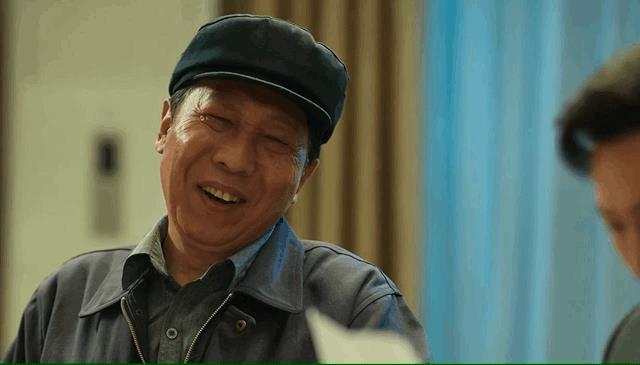
In particular, Gao Qiqiang, the villain, left a deep impression on many viewers. Some even joked: "I suggest checking Zhang Songwen, it doesn’t look like a actor."
It can be said that Zhang Songwen’s stunning acting makes this character who is both good and evil really distressed – from pure-hearted, worried about gains and losses, bowing his head and bowing to quite sophisticated, decisive in killing, Gao Qiqiang’s role has risen and fallen, which has aroused the sympathy of many audiences, "Even if Gao Qiqiang is bad, I can’t hate it."
Why do so many people empathize with Gao Qiqiang?
At the age of 13, his parents died in exchange for a pension of only 500 yuan. He shouldered the burden of taking care of his younger brother and sister "being a father and a mother". He originally relied on running a fish stall to support his family’s livelihood, but the injustice of life made him live humbly and struggle, and he was unable to even protect his younger brother and sister.
Therefore, this "good man" with smart mind, meticulous thinking and strong psychological quality, after being repeatedly ravaged by power, began to work hard and be good at drilling, and finally knelt down to Chen Tai as the godfather, defeated Cheng Cheng, and usurped power in a world of intertwined power. He became the "boss" that everyone fears (Coincidentally, the famous "Third Master Wen" Wen Liehong in the CCTV feature film "Sweeping Black and Eliminating Evil – For the Peace of the Country and the People" was originally a fish farmer).
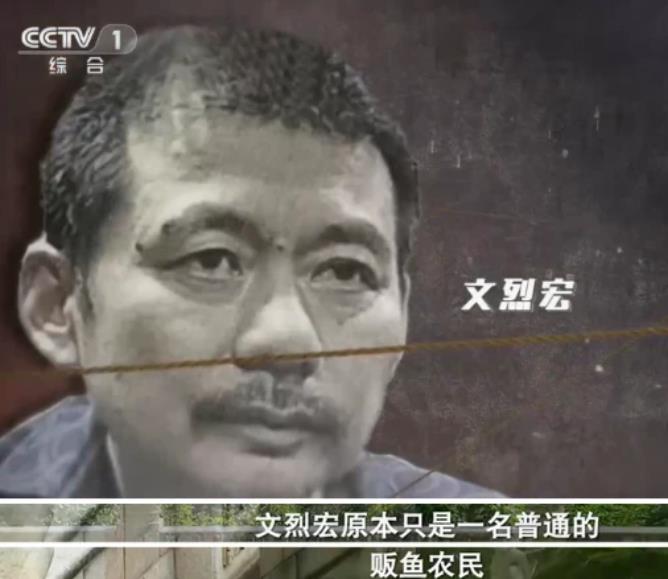
Wen Liehong made money through the "pig killing game", that is, to lure business owners to participate in gambling games, and then loan sharks to them after losing money, and finally urge debt collection until it is eaten dry and squeezed clean
Lu Xun said that tragedy is "tearing up good things and showing them to others." What "Hurricane" outlines is a "villain" who has been repeatedly crushed by power after recognizing reality and succumbing to power – Gao Qiqiang staggers from the bottom of society to the top. It is a model of grassroots groups turning over in an iron-plate society. In the process of self-recasting, their personality is distorted and swallowed up by the black hole in their hearts little by little. It undoubtedly restores the process of power alienating good people into bad people.
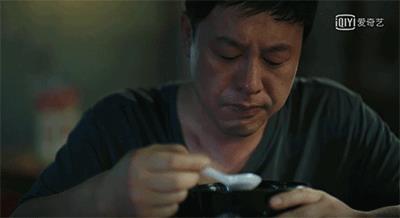
He might have had another life, but life left him with no choice, or power left him with no choice – power that is deeply entrenched in reality and uncontrolled can quietly obliterate the efforts of ordinary people in their lives, even if your efforts seem so powerless and desperate in the face of powerful forces.
Especially with the promotion of the plot, the reason and process of Gao Qiqiang’s blackening are so convincing that many audiences feel regret and sympathy for Gao Qiqiang on the road of no return – because the clearer and fuller the character is, the more sympathy and excusable sigh we have for his previous servitude and self-preservation. The more an ordinary person who is swallowed by power climbs up, the more he will fall into involuntary choices.
Qian Liqun, a professor at Peking University, once said in a speech: "Our current education, which is pragmatic, utilitarian, and nihilistic, is cultivating a group of what I call’absolute and exquisite egoists. ‘The so-called’absolute’ means that one’s own interests become the only absolute direct driving force for their words and deeds. Doing things for others is all an investment."
This theory reflects on Gao Qiqiang, and many of his mistakes are weighing the pros and cons – he has weaknesses and ruthlessness, the blood of being forced to go to Liangshan and the vengeance of vengeance. Even if you know that a decision is illegal, you can only choose this for the sake of survival, family and loved ones. For example, a scene of independent tears in the play is a mix of mixed emotions and unpredictability to fate.
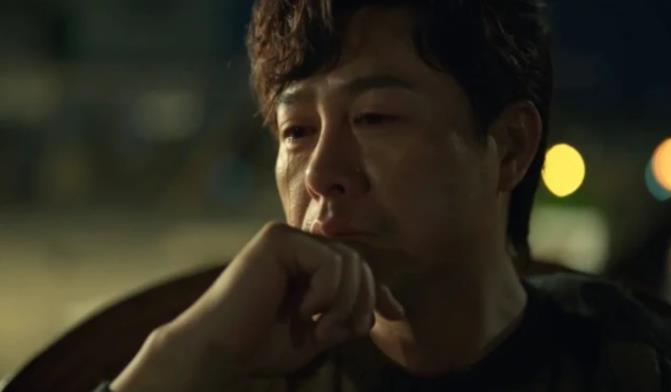
Perhaps, when Gao Qiqiang’s self-esteem was ruthlessly crushed for the first time, he struggled, but he recalled that along the way, the "hard bones" of life had no place to settle down, and only by mastering power could he control everything – especially the sense of deprivation from a poor background stimulated Gao Qiqiang to have an insatiable excessive desire for power, and the overturning of past hardships accelerated the crazy growth of the desire for power.
What Gao Qiqiang reflects is the real life of a small person, and it is also a metaphor for the alienation of human nature in the cracks of society. It depicts the process of transforming a bottom-level laborer into a tolerant underworld boss – on the surface, Gao Qiqiang loves his wife and children, Gu Di and Gu Mei, but in his heart he is step by step and ruthless. He is real and ruthless, but also helpless and unavoidable; therefore, how humble and weak he was at first, how cold and ruthless he became later.
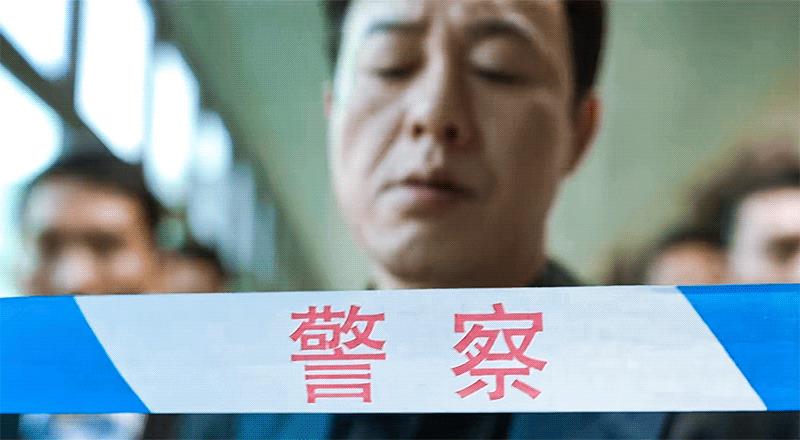
Therefore, even if Gao Qiqiang is the villain in the play, his ending may have been predetermined, but it still makes people sympathetic and sympathetic to his struggles every step of the way.
The joke is that fate also seems to be mocking this once kind "good man". Not only has Gao Qiqiang become the evil force on the evil side, but even his son has become an evil playboy – he came from the weak, but eventually cultivated the next generation of oppressing the weak.
As the line of "Hurricane": "A wave of black forces has been brought down, maybe just to cover another wave of bigger black forces. There are new forces surging, so we must insist on the normalization of anti-black forces."
Why do so many people feel sorry for An Xin?
If Gao Qiqiang’s step-by-step decline from a small fishmonger to a triad reflects the helplessness of human nature being swallowed up by desire, then police officer An Xin’s insistence on inner justice for decades is all the more precious.
However, the fate of An Xin is rather regrettable – a young and energetic criminal investigation police officer who was unwilling to accept corruption and dedicated to handling the case ended up in the public security system for more than ten years but was only reduced to a white-haired, sad and desperate marginal person.
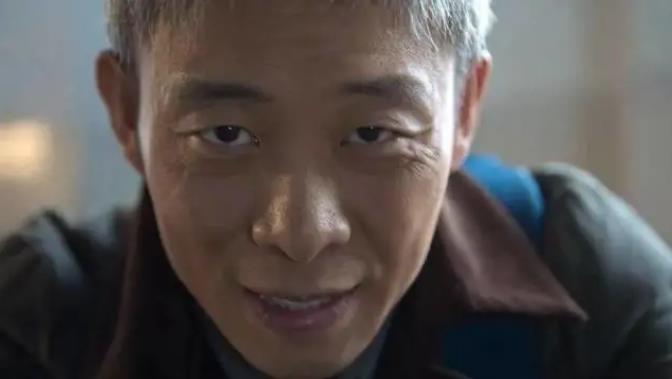
The success of this character stems from the fact that he does not have the sense of superiority and condescending attitude etched in his bones to ordinary people because of "good life", and lacks a lot of righteous preaching.
Even though An Xin was born with the protection of Director Meng Dehai (Zhang Zhijian) and Deputy Director An Changlin (Shi Zhaoqi), he avoided suspicion everywhere and even took the initiative to work overtime on New Year’s Eve.
But even if he adheres to the bottom line of justice and is willing to defend the rights and interests of ordinary people, no matter how hard he tries, there are only two paths in front of him: either, he submits to power; or, he devotes his life to obscurity. That invisible hand chokes off the channel for him to pursue justice and realize his ambitions.
Even after Gao Qiqiang went into the underworld, he gradually realized An Xin’s integrity and kindness, and instead used it everywhere to pinch An Xin. Between him and An Xin, there were all kinds of calculations, forcing An Xin to fold his arms and white hair, shouting "My life is worthless", and spend his life with Gao Qiqiang.
Li Xiang, the captain of the criminal police branch, did not have An Xin’s strong background, and once fought for injustice and bled with his life, but he was just another Cao Chuang. Even if he was loyal to his career, he could only stay on the front line.
But even so, after his master died, he still wanted to use his own way to achieve justice. In the face of Zhao Lidong’s desire for money and power corrosion, he held on to the bottom line again and again, but in the end, he risked his life to fight against that "monster".
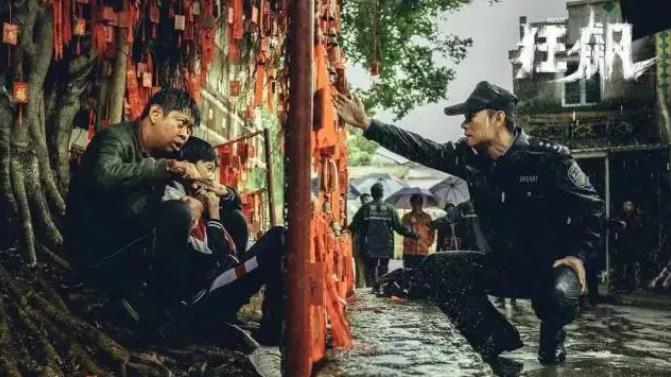
Li Xiang (Li Jian), the captain of the criminal police branch in "Hurricane"
This is the reality presented by "Hurricane". A huge Jinghai must rely on An Xin’s lonely courage and Li Xiang’s roundabout sacrifice to maintain the conscience of society.
What is even more frightening is that being trapped in power mediation is becoming a tacit rule of the game for more and more people in Jinghai, even if many of them know they will wear cold handcuffs, they still continue to move forward. So much so that the guidance team with the reporting materials in hand in the play found that Qiangsheng Group has been entrenched in Jinghai for more than ten years, but there is no public report.
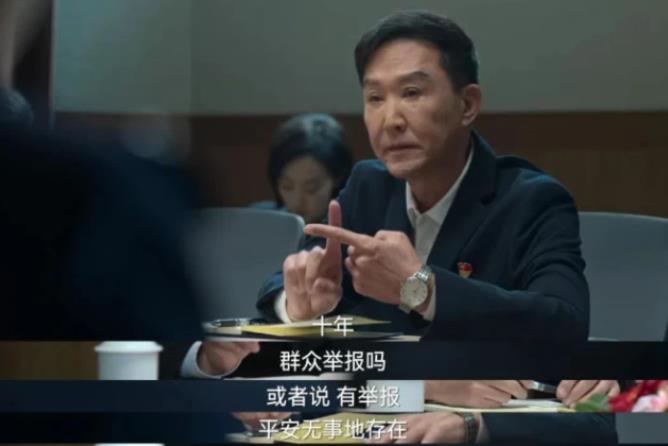
At this point, An Xin’s faith continued to collapse and rebuild, and finally sealed her faith in the bottom of her heart, no longer rash, and became smooth and sophisticated and old-fashioned – a hot-blooded young man gradually lost his voice in despair and leapt onto the screen.
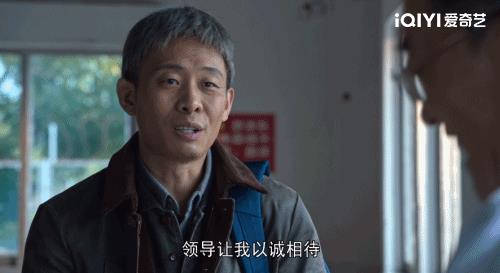
In this regard, Xu Jizhou, the director of "Hurricane", shared his own views: "An Xin is actually a pure idealist, while Gao Qiqiang is a typical opportunist, who is well versed in all the laws of the traditional human society. They represent both ideals and secular directions. An Xin and Gao Qiqiang also represent the collision between the human society and the rule of law society. In the development of their characters’ relationship, we can see the process of China’s legal society. Idealists will inevitably encounter obstacles in order to establish order and systems; in order for society to move forward, many things in the human society must be eradicated."
Write at the end
Cruelly, "Hurricane" exposes only the tip of the iceberg, and the alienated public power is still surging. The audience laments the fate of Gao Qiqiang and An Xin, which is actually a kind of resistance and resistance to fate.
The so-called life is everything that divides people into three, six, nine, and so on; the so-called luck is just some changes that people can expect in their hearts. The two add up to build a pyramid, trapping us all in it, only cycles, no reincarnation.
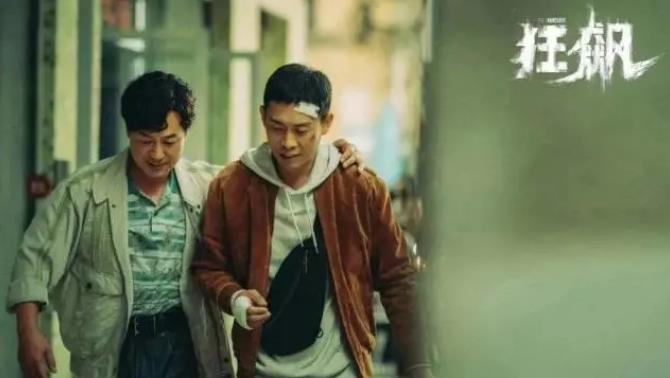
"Hurricane" poster
In particular, Gao Qiqiang’s situation can’t help but remind people of a quote about Du Yuesheng on the Internet:
"I am a loach, you are a carp, and you can jump into the dragon gate after 500 years of cultivation. I have to cultivate for a thousand years to become a carp, and then cultivate for another 500 years before I can jump into the dragon gate. The key is that I can’t make any mistakes. Once there is a mistake, I will be a loach again, and you are still a carp."
